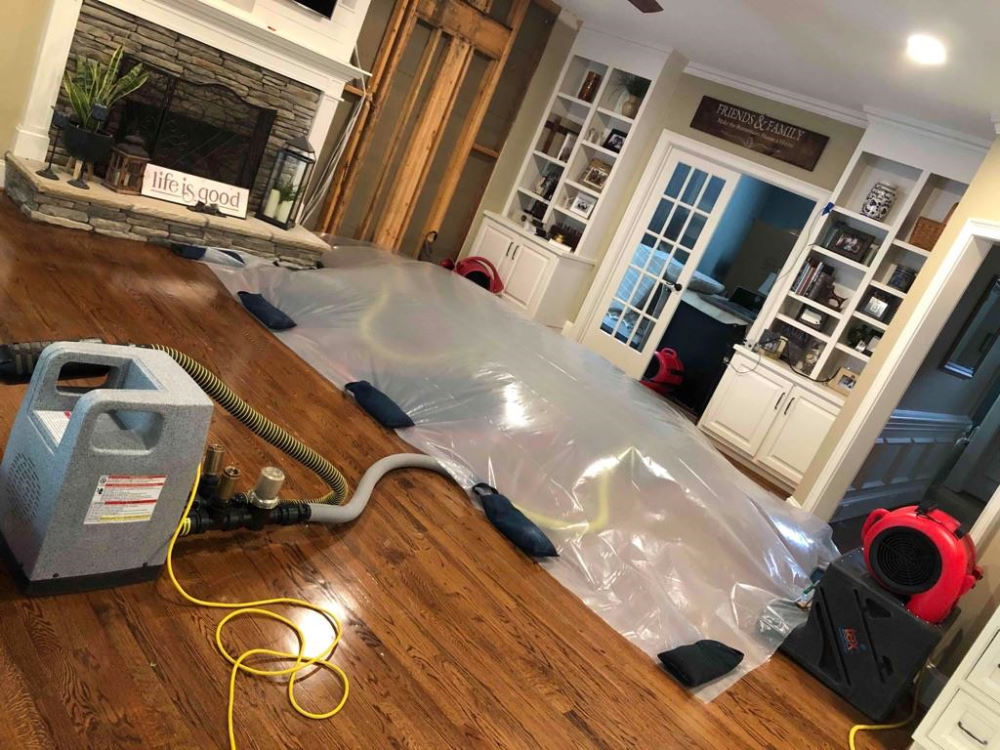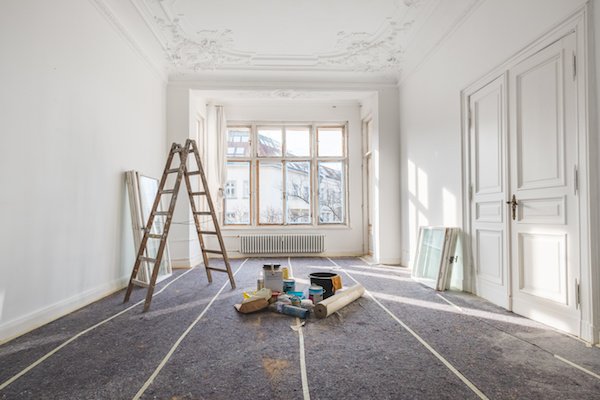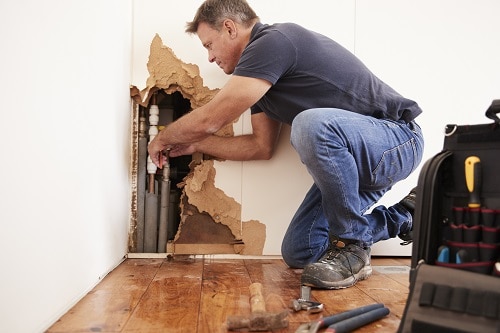Comprehensive Mold Inspection Philadelphia: Unveiling Hidden Threats
Emergency Water Damage Remediation: Swift Action to Decrease More Damage
Water damage can strike suddenly and leave damaging effects on homes and companies. When confronted with such a scenario, a speedy feedback is critical to minimize further damage and prevent potential carcinogen. However exactly what does emergency water damage remediation involve? In this conversation, we will certainly look into the value of prompt activity, the analysis procedure, the steps included in water extraction and drying out, mold and mildew avoidance and remediation, and ultimately, the restoration of the affected location. By comprehending the seriousness and extensive nature of this process, you will obtain beneficial understandings into how specialists deal with emergency water damage, guaranteeing a swift and effective feedback.
Value of Swift Reaction
Swift reaction is of utmost importance in water damages remediation to decrease additional damages and minimize potential dangers. The longer water sits in a structure, the more damage it can create.
One of the primary factors speedy feedback is crucial in water damages reconstruction is to prevent the growth of mold and mold. Mold and mildew not just causes additional damage to the framework of the structure but also positions health and wellness threats to owners.
Water damage can be devastating, especially when it influences individual products of emotional or monetary value. Acting promptly enables experts to assess the damages and carry out suitable remediation techniques to recover as much as possible.
Evaluating the Extent of Damages

During the analysis, reconstruction specialists completely take a look at the afflicted area to recognize noticeable indicators of damages, such as water spots, warped materials, and mold and mildew development. They likewise use specialized tools to discover covert damage, such as dampness meters and thermal imaging cams. This extensive assessment allows them to properly figure out the extent of the damages and create a customized remediation strategy.
Due to the fact that it assists professionals prioritize their initiatives,Evaluating the degree of water damage is crucial. They can identify locations that require prompt interest, such as standing water elimination and drying, to stop more damage and lessen the risk of mold and mildew growth. They can likewise determine the locations that need fixings or replacement, making certain that no damage goes undetected or neglected.

Water Removal and Drying Process
The water removal and drying process is an important step in water damage restoration, as it involves the elimination of excess water and the thorough drying of the affected area to stop more damage and minimize the threat of mold development. After assessing the degree of the water damage, the next step is to draw out the water from the afflicted location.
This action is crucial in stopping second damage, such as structural damage and the growth of mold and mildew and mold. The drying out procedure may take several days, depending on the level of the water damage and the products entailed.
It is important to guarantee that the affected area is completely dry prior to waging any type of repair work or restoration. Failure to thoroughly dry the area can cause long-lasting problems, including damaged structures, musty smells, and the development of mold and mildew. Expert water damage reconstruction companies utilize moisture discovery devices to ensure that the afflicted area is entirely dry before continuing to the next action.
Mold Prevention and Removal
Efficient mold and mildew prevention and removal are vital in water damage reconstruction to guarantee the safety and stability of the affected location. mold remediation philadelphia. When water damages occurs, whether from a ruptured pipeline, flooding, or a leaking roof covering, it produces an ideal atmosphere for mold and mildew growth. Mold and mildew can start to create within 24 to 48 hours after water damage, and if left untreated, it can spread swiftly and cause major wellness risks
To stop mold growth, it is essential to deal with water damages without delay. The primary step is to recognize and fix the source of the water breach. As soon as the resource is repaired, the afflicted location needs to be thoroughly dried to avoid dampness from sticking around. This might involve Look At This making use of dehumidifiers, air movers, and various other specialized equipment to remove excess moisture from the air and surfaces.
In cases where mold growth has currently occurred, remediation is required to eliminate the mold and prevent its return. This involves the mindful elimination and disposal of damaged products, such as drywall or rug, to guarantee that all traces of mold are removed. It is necessary to note that mold removal need to be lugged out by specialists who have the required training and equipment to securely take care of and get rid of mold and mildew.
Bring Back the Affected Area

First of all, it is necessary to extensively dry out the location to avoid any kind of further damages and to hinder the growth of mold and mildew. This may involve using specialized drying equipment, such as dehumidifiers and industrial-grade fans, to remove all moisture from the damaged surface areas.
As soon as the location is entirely dry, the reconstruction procedure can start. This may involve changing or fixing harmed structural elements, such as floor covering, ceiling, or drywall ceramic tiles. It is necessary to address any underlying concerns that may have created the water damage, such as leaky pipelines or damaged pipes, recommended you read to stop future occurrences.
Furthermore, restoring the affected location may also consist of repainting wall surfaces, changing damaged components, and completely cleansing and sterilizing the space. This makes certain that not only is the area structurally audio, but it is additionally visually pleasing and safe for tenancy.
Conclusion
To conclude, quick response site here is essential in minimizing additional damage brought on by water emergencies. Analyzing the degree of damages permits reliable water extraction and drying out processes to be carried out. Additionally, mold prevention and remediation are vital in bring back the affected location. Generally, timely activity and detailed reconstruction steps are key to reducing the negative effects of water damages.
Swift reaction is of utmost value in water damages restoration to reduce more damage and reduce prospective threats.Throughout the assessment, remediation experts completely check out the damaged location to identify visible signs of damage, such as water spots, deformed products, and mold and mildew development.The water removal and drying out procedure is an essential step in water damage remediation, as it includes the removal of excess water and the extensive drying of the afflicted area to avoid additional damage and reduce the risk of mold growth. After assessing the extent of the water damages, the following action is to draw out the water from the afflicted location.Reliable mold and mildew avoidance and remediation are important in water damage remediation to ensure the safety and honesty of the damaged location.